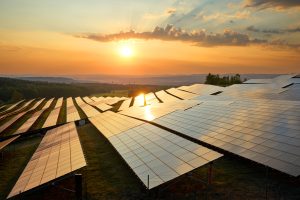The rating agency Standard and Poor’s (S&P) on June 8th affirmed its AA-/A-1+ long- and short-term foreign and local currency sovereign credit ratings on Estonia. The outlook is stable.
The AA- long-term rating issued by S&P on Estonia is the highest rating that Estonia has from any agency.
Estonia has the lowest debt burden in the eurozone thanks to a strong political commitment to fiscal balance and a long track record of minimal deficits. Estonia’s external balance sheet has returned to a modest debtor position, S&P said in its overview on Estonia.
It said that the stable outlook balances Estonia’s strengthening credit fundamentals as its ongoing strong economic growth sees income levels move closer to peers, against the potential that imbalances could re-emerge, possibly undermining this convergence.S&P said that in the longer term, it could raise its ratings on Estonia if it achieved income levels materially closer to the eurozone average by improving productivity and raising the importance of high value-added sectors in its economy.
It could consider lowering the ratings if it saw certain factors increasingly weigh on economic development.
S&P believes both public and private investments that support labor productivity will help Estonia’s sustainable economic growth. A significant risk to external competitiveness and long-term economic development overall comes from the tight labor market. The agency expects the government will incur only marginal deficits on average over our forecast horizon.
S&P points out that as a small open economy, Estonia currently benefits from a cyclical upswing in growth that is closed linked to strong demand in its export markets, particularly Finland and Sweden. Germany has overtaken Russia as its third-largest trading partner.
Estonia will remain highly exposed to developments in its main export partners in the eurozone and Scandinavia. Recent growth in construction does not represent a significant economic threat compared to the pre-crisis years because growth rates will decelerate; and limited growth in capital allocation to that sector can also be observed, according to S&P.
Investments including projects to modernize the oil shale industry and improve rail links with the Baltic states and Poland are expected to continue in the next few years. In S&P’s view, such infrastructure investment supports sustainable economic growth, differing from the credit-fueled construction investment growth in the real estate sector seen in the pre-crisis years.
S&P expects investments to grow at slightly above 5% in real terms over the next few years as there is room for further growth outside construction. Private-sector productivity growth has slightly lagged behind regional peers, although this measure is potentially affected by slightly overstated employment figures. Estonian corporations have accumulated financial headroom to make additional productivity-enhancing investments as profit levels have exceeded investments comfortably over the past six years.
S&P expects Estonia’s external debt, net of public and financial sector external assets will decrease to a modest 19% of current account receipts through 2021. Given the high savings rate of the entire economy, the agency also expects to see Estonian investments in assets abroad given the narrow size of the domestic capital market and lack of domestic investment options.




